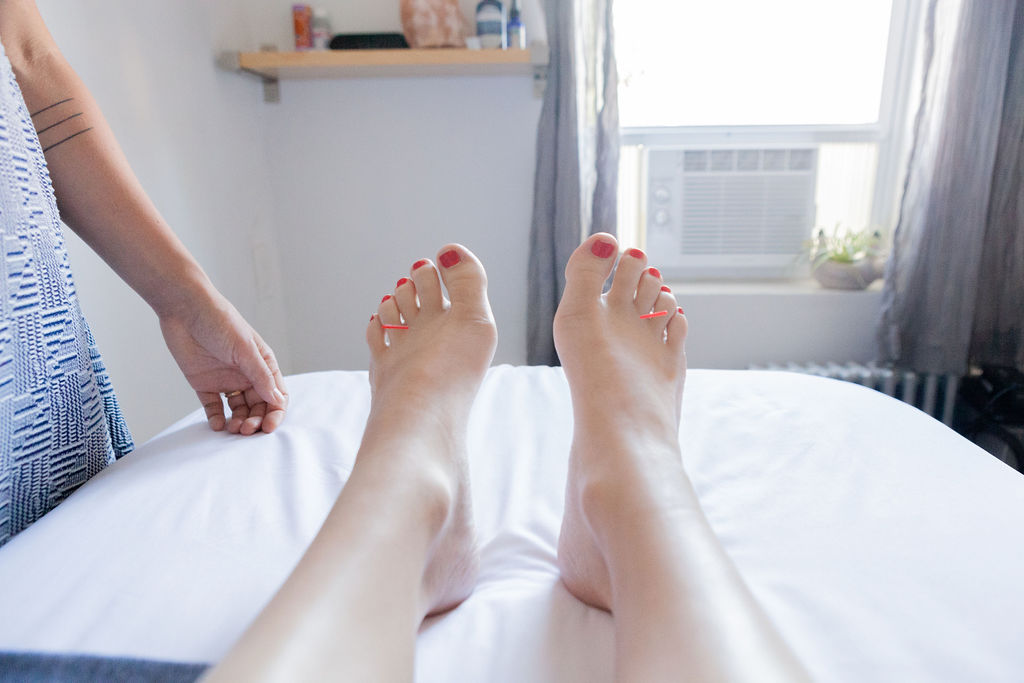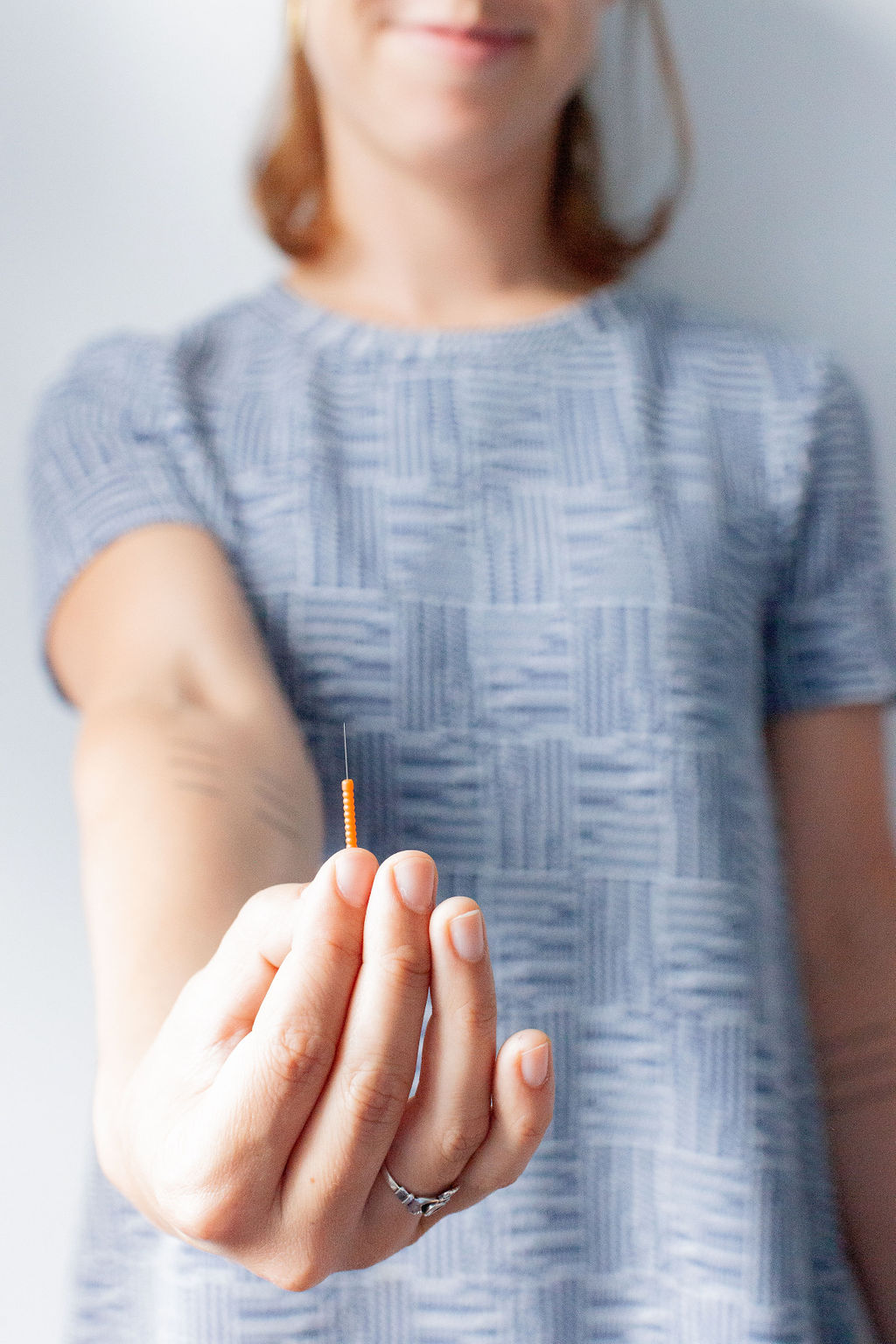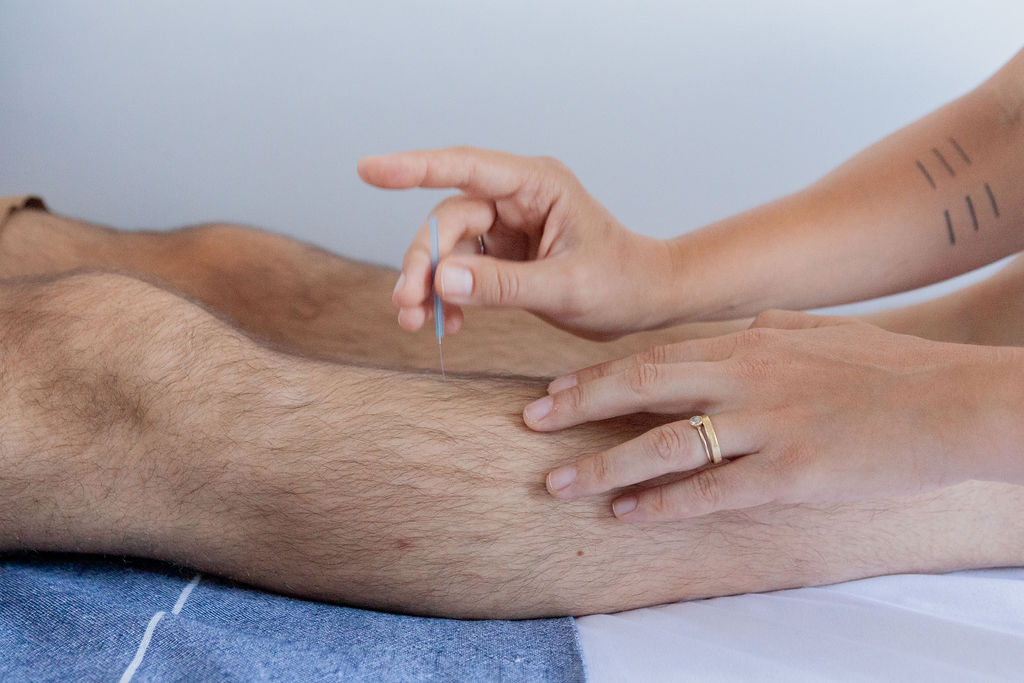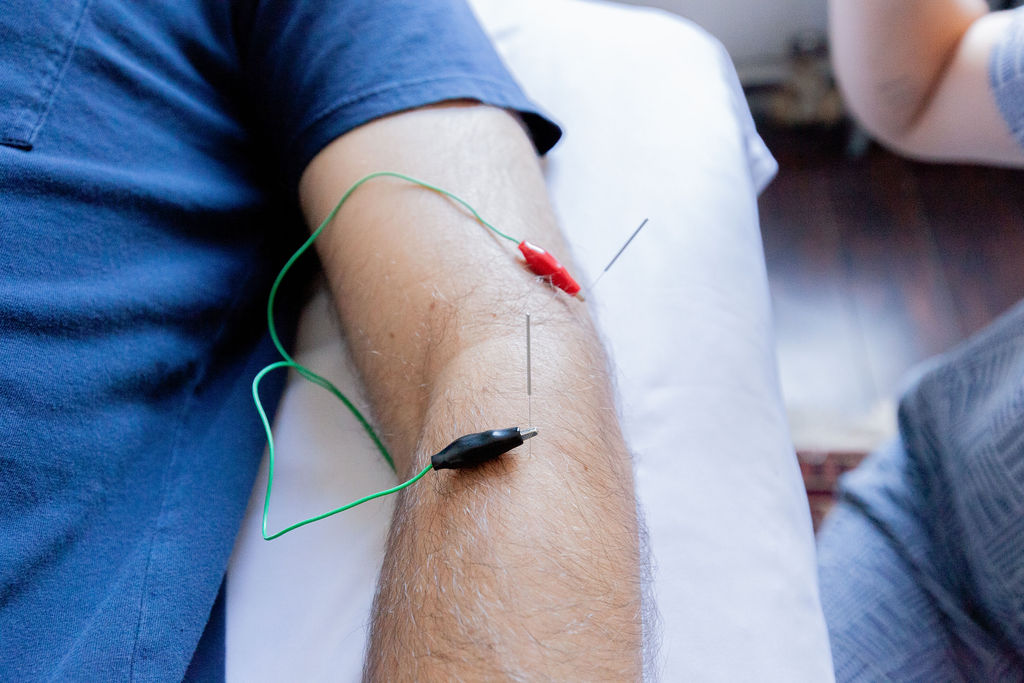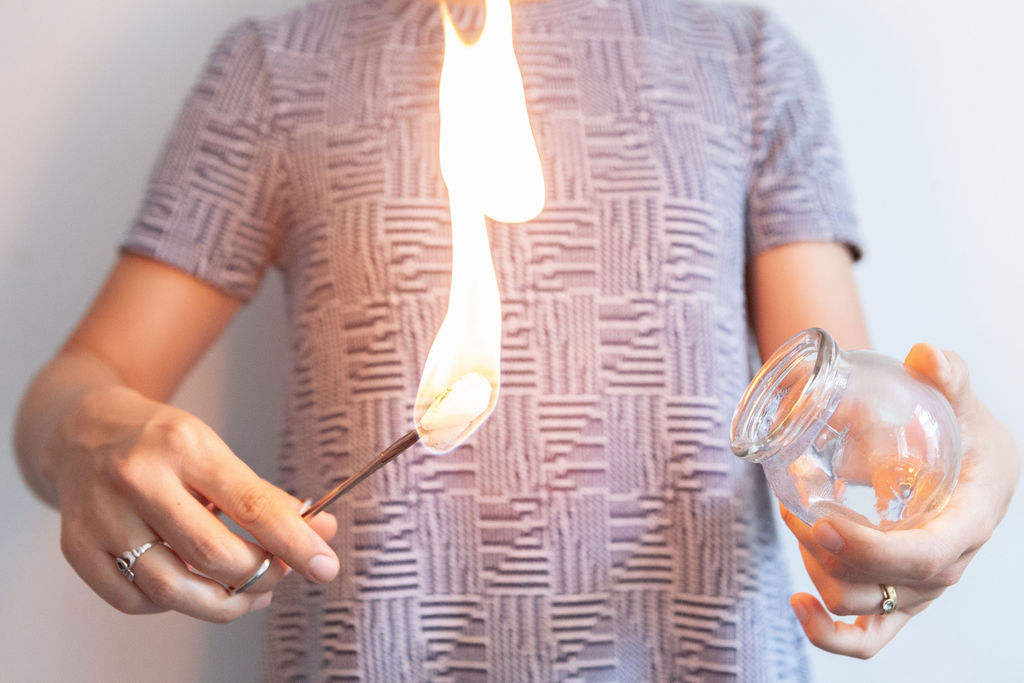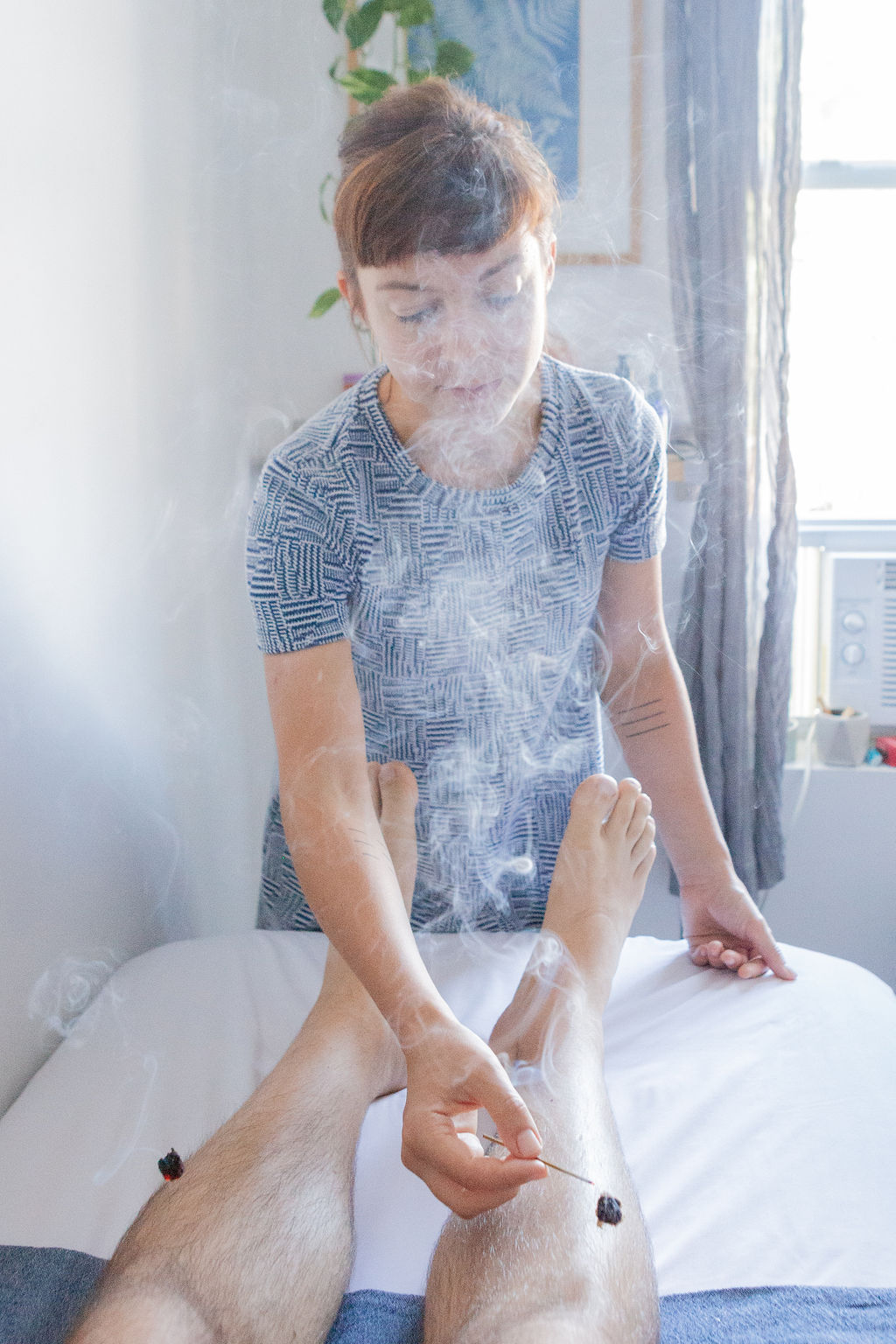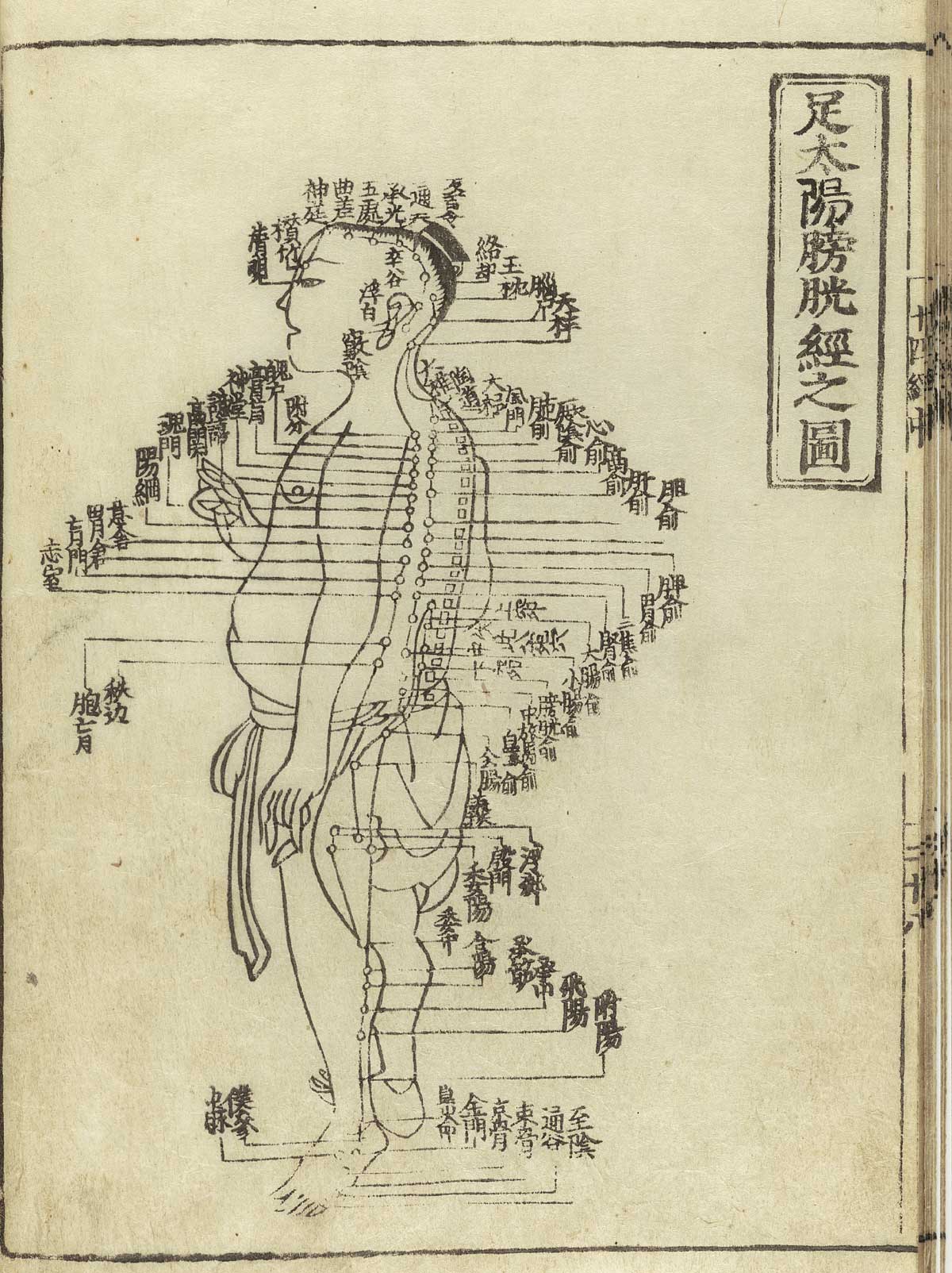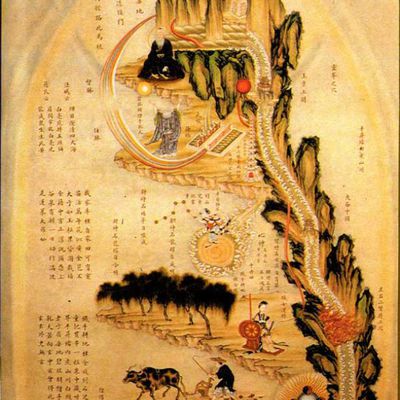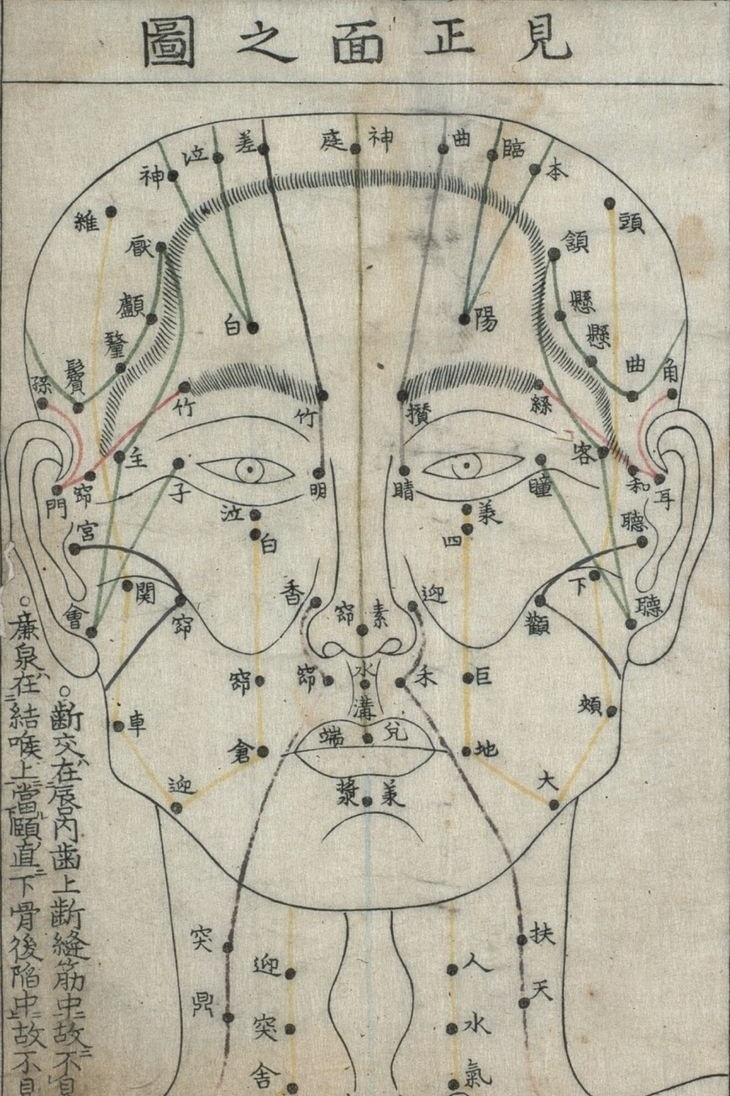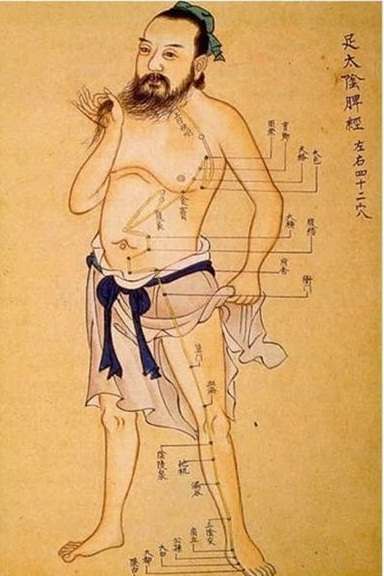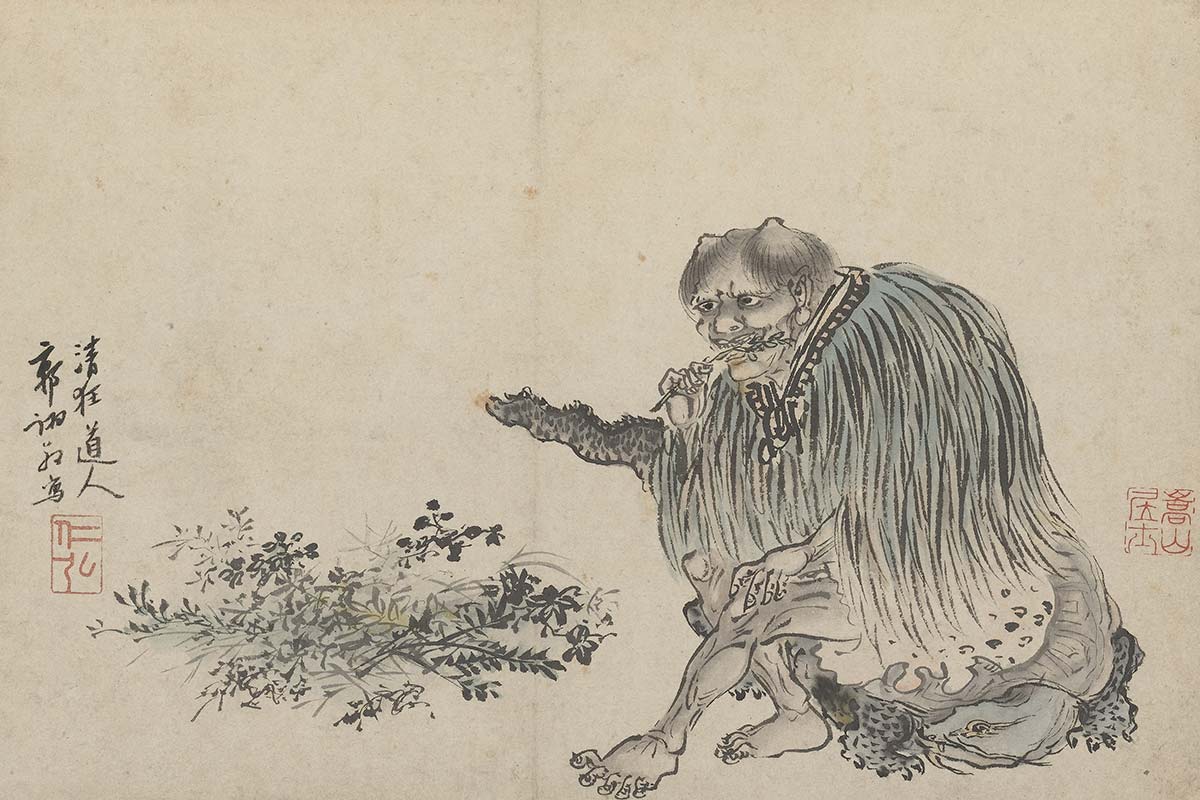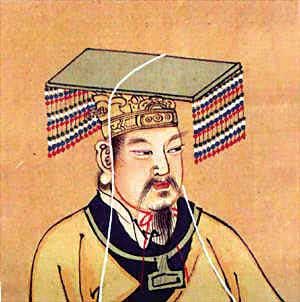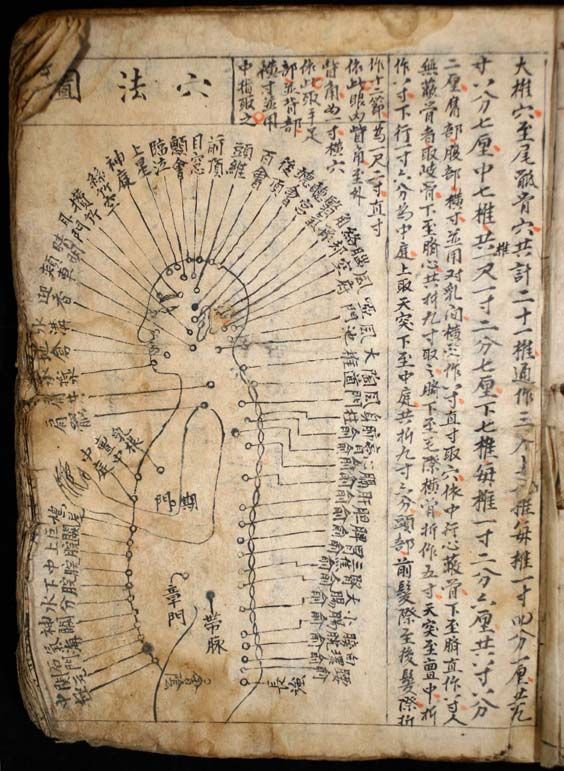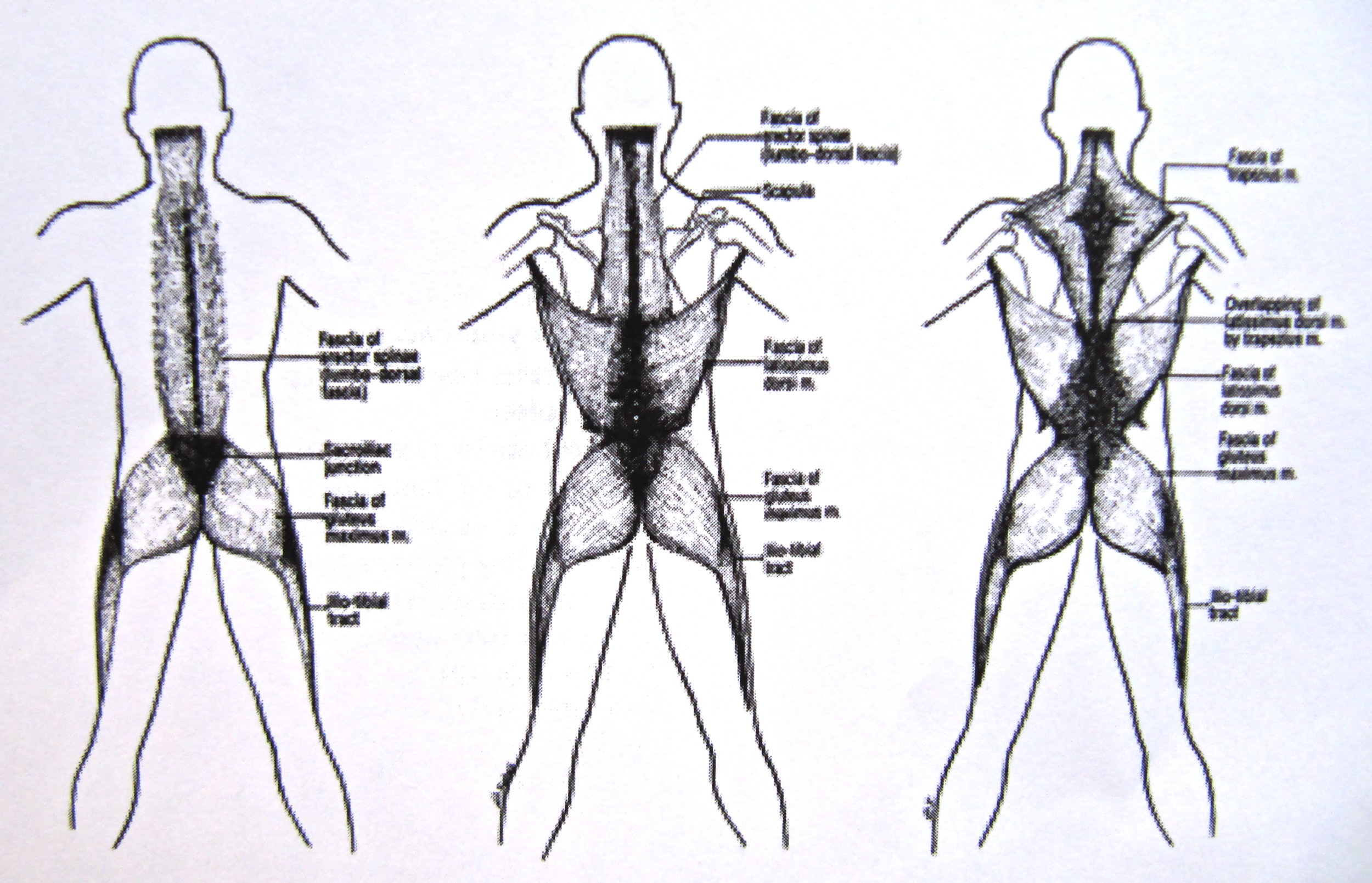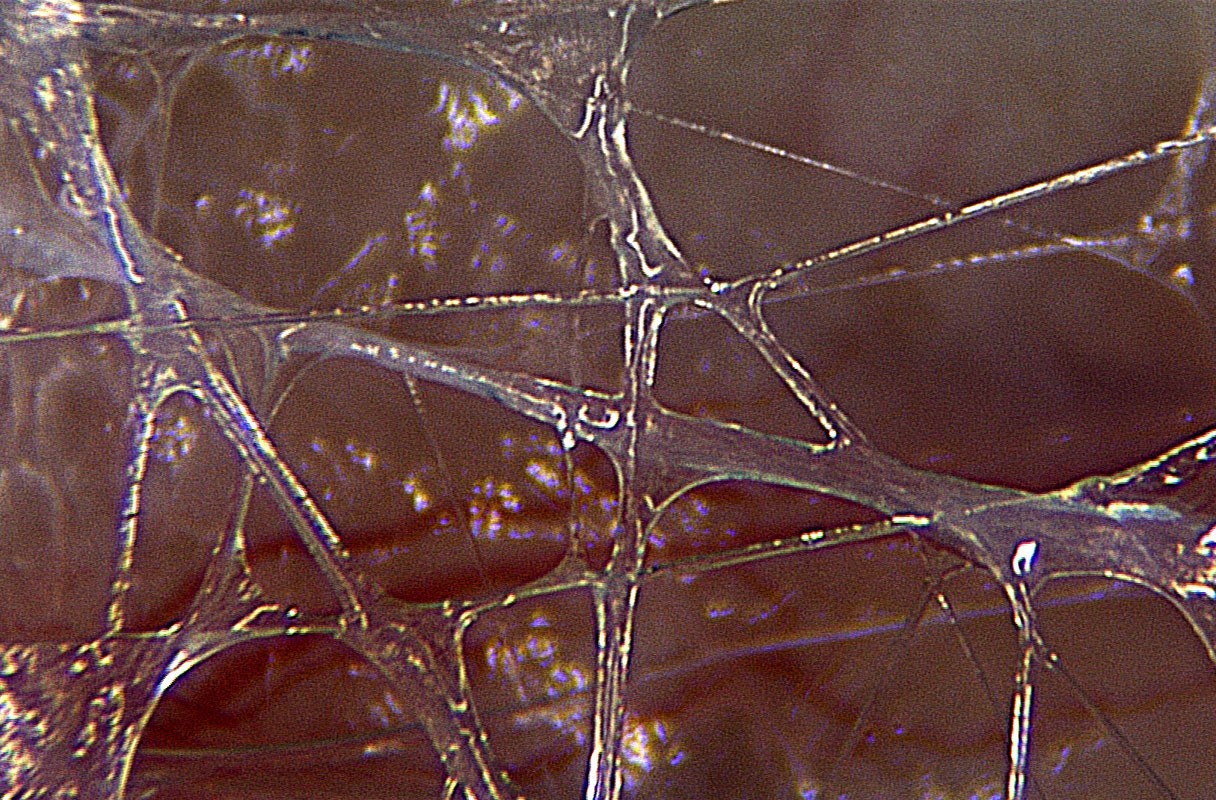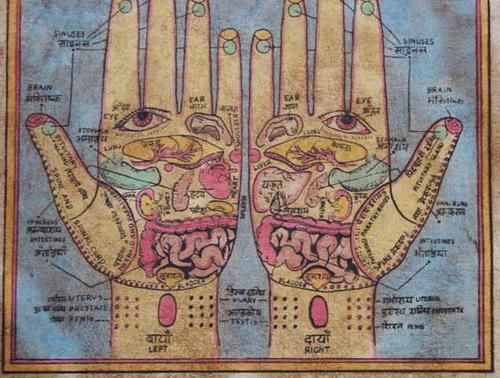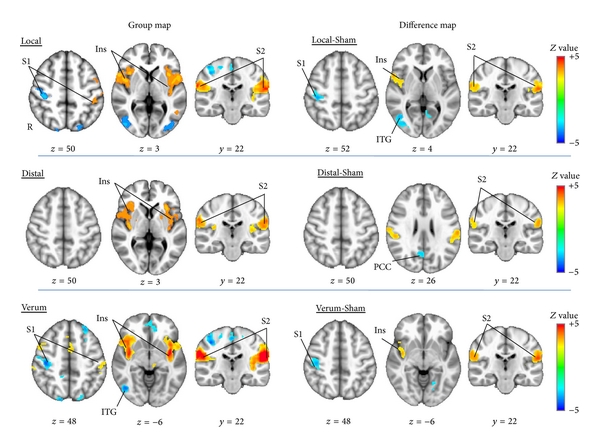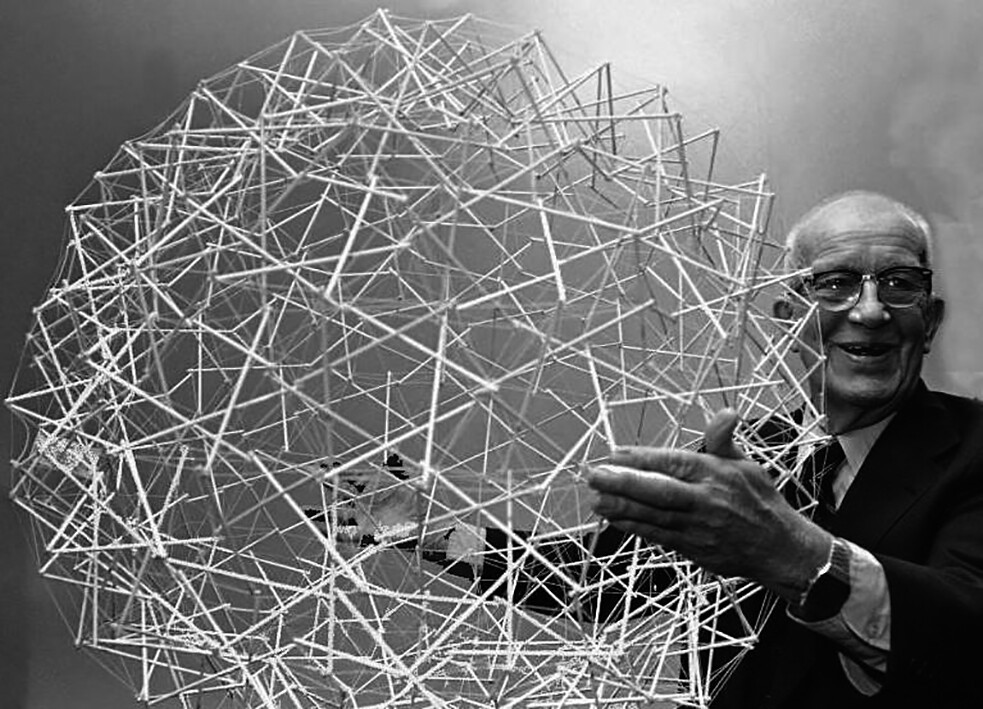the practice
Acupuncture is a very hands-on medicine. On a basic level, acupuncturists think of what they do as getting rid of energetic blockages in the body. “Where there is free flow, there is no pain.” During your treatment, your acupuncturist will feel for areas of constriction or tenderness to assess the best points to use for treatment. Acupuncture is a very real and very safe alternative to common pain treatments such as opioid prescriptions and surgery.
The Philosophy
The foundational theories of acupuncture were developed thousands of years ago through careful and thorough observation of the human body. They were greatly influenced by observations of the natural world including seasonal changes, planetary movements, and weather patterns. Many would say that these are pre-scientific theories, which is true from one perspective -- the theories of this medicine were not standardized or proven with the use of blood tests, microscopes, CT scans or x-rays. Technologies such as these were developed in the past 3 centuries (except maybe the microscope, which may have had its origins in ancient China as well) and would have been beyond anyone’s wildest imagination in the year 200 BCE, which is about the time when the Neijing Suwen -- the classical text of Chinese medicine -- was likely written. However, what is science if not careful and thorough observation? Was it not science when Zhang Zhong Jing, master herbalist of the 3rd century AD, observed that giving a specific concoction of herbs to a person who had not defecated in several days could eliminate bowel obstruction thereby preventing serious illness? And if he encountered a person experiencing extreme diarrhea with cold limbs and a pulse that was barely perceptible there were herbs to help that person recover, too? And if the herbs he prescribed did not have the expected effect, there would be another batch of herbs to provide corrective action? I find it hard to argue with volumes of medical texts (no matter how ancient) that have prescriptions for the most nuanced constellations of symptoms as well as corrective actions for the inevitable human error that can occur through diagnosis. The idea that the doctor is infallible was simply not around in China of long ago. I believe a dose of humility goes a long way.
The Science
Regardless of whether you consider the trials, errors, successes and meticulous note taking of Han Dynasty physicians to be science, the apparent mysteries of acupuncture and Chinese medicine are being unravelled through academic research today. Here are some of the most compelling theories about how acupuncture works:
The location of acupuncture points is physiologically significant. Research has shown that commonly used acupuncture points are located near neuronal bundles as well as higher concentrations of dermal papillae. There are more acupoints in areas where the major nerves are superficial (such as the forearm) than areas where the major nerves are deep (such as the gluteal muscles). Interestingly, sensory inputs from the lower leg and forearm occupy a larger area in the brain than other parts of the body — in acupuncture theory the points located on the extremities are considered to have the strongest effects. Research has also shown higher electrical resistance at acupoints.
There is a large overlap between acupuncture points and motor points / trigger points (as mapped out by 20th century physicians such as Janet Travell and David Simons). Approximately 70% of classic acupoints are also trigger points. A trigger point is a tender, localized hardenening or “knot” in skeletal muscle tissue that causes a specific pain pattern. Many massage and physical therapy techniques have evolved over the years to relax the tight tissue of a trigger point. I have found that acupuncture is actually one of the quickest, easiest methods to get rid of tension and “knots” in the muscle tissue, which we refer to as “releasing trigger points.”
Connective tissue, or fascia, is dynamic. Researchers identified interstitium, a subtype of connective tissue, as consisting of collagen fibers, fibroblasts, CD34 cells, and tiny fluid filled pockets. For most treatments, acupuncture needles are inserted subcutaneously to the level of the superficial fascia. This may have implications for acupuncture’s effects on the immune system and explain its electrical conductivity. There are many different layers of fascia, and it surrounds, connects, and suspends every visceral organ, nerve, lymph node and blood vessel in the body. It can be described as a sort of cling wrap surrounding muscles and organs, and based on recent studies into this amazing tissue it is probably one of the main ways the organs of our body communicate.
Acupuncture stimulates the release of endorphins.
Here are some of my other favorites acupuncture facts:
“The heart opens to the tongue.” Acupuncture texts typically use language that us Westerners find mystical and mysterious. Turns out much of the time these ancient sages were actually being literal. The fascia of the tongue actually merges into the pericarium - the tissue that surrounds the heart.
We are, after all, still humans as the humans were 2000 years ago. Our physiology is probably pretty much unchanged.
Gong, C. & Liu, W. Chin. J. Integr. Med. (2019) 25: 323. https://doi.org/10.1007/s11655-018-2570-9

